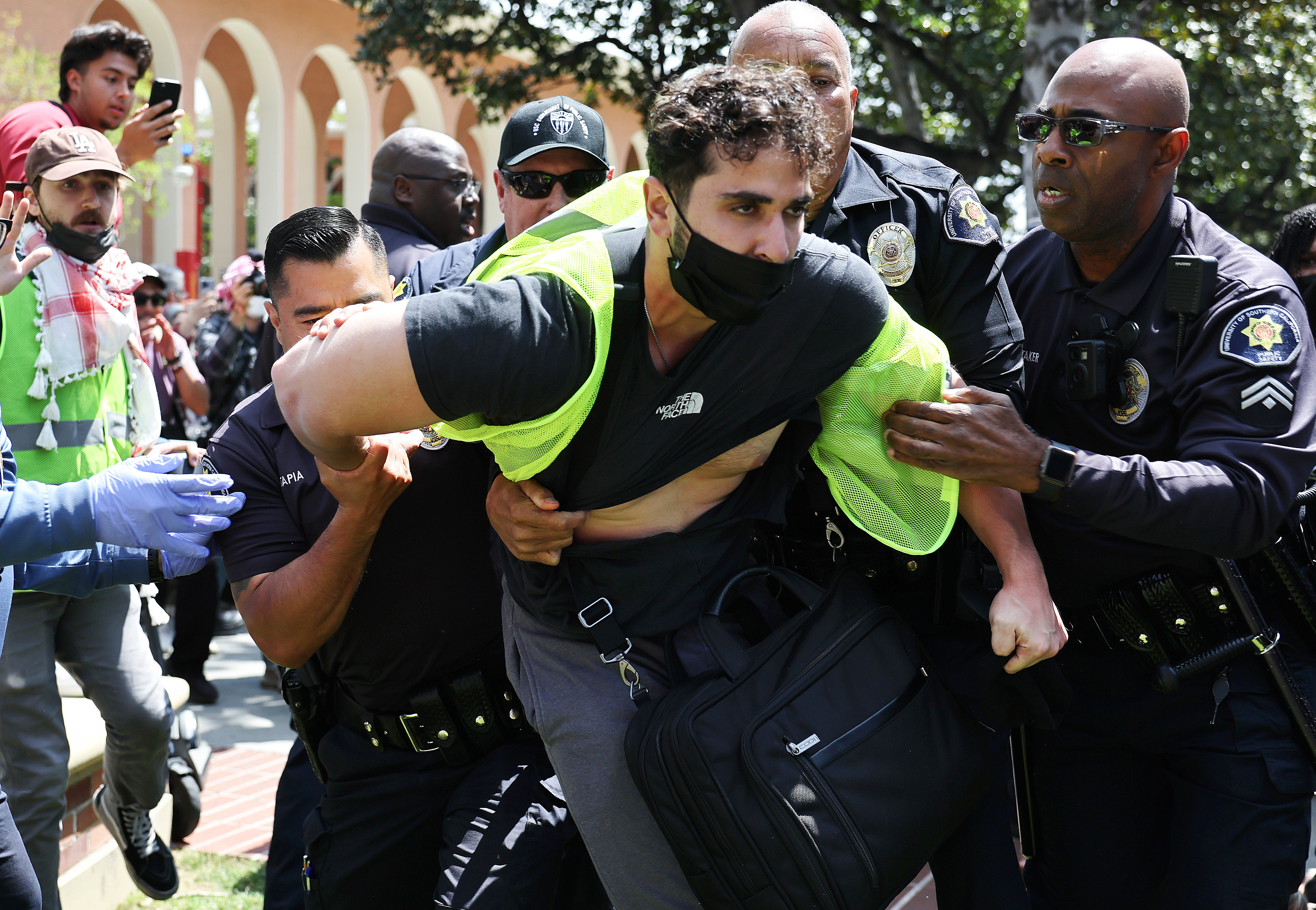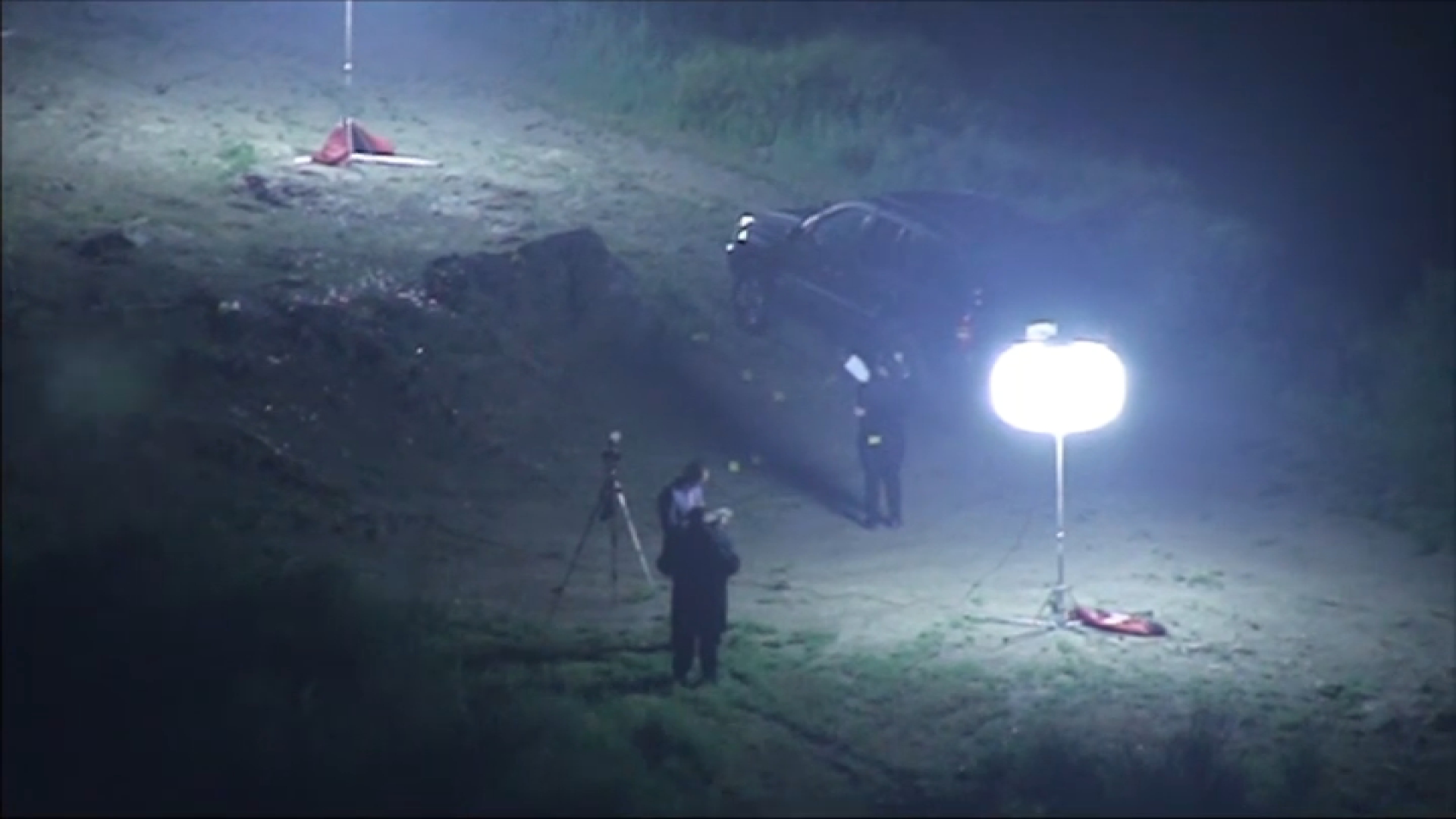Teams of emergency medical personnel are being trained to respond to active shooter situations, such as the fatal November rampage inside Los Angeles International Airport, according to a Los Angeles Fire Department report.
The training cited in the report involves members of a Tactical Emergency Medical Support (TEMS) team that would enter so-called "warm zones" and "assess, treat and extricate victims" instead of waiting in a safe location until the scene is "all clear." Fire department captains have been trained over the last five months and the agency has "begun a robust effort" to train members of the team, according to the June 27 report.
"This is where we will utilize groups of firefighters along with law enforcement officers to actually enter what we call the warm zones of an active shooting incident to provide life-saving measures to the victims and extricate them quickly," said LAFD Deputy Chief Joseph Castro.
The 27-page LAFD report was presented Tuesday to the Los Angeles Fire Commission for review after it was created in the months after a gunman's Nov. 1 shooting rampage inside Terminal 3 that killed a Transportation Security Administration officer. Two other TSA officers and an airport traveler were wounded in the shooting
The report by fire officials comes more than three months after a 100-page "after action" report -- developed with input from several agencies involved in the response -- on the shooting found a lack of radio communication between responders, including Los Angeles Airport Police, and the Los Angeles police and fire departments. That led to a communications breakdown that meant members of those agencies were not aware of what the others were doing as they converged on the terminal at one of the nation's busiest airports.
"One of the significant byproducts of not genuinely unifying (or doing so late) is the lack of a common operation picture," according to the LAFD's report. "This gap delays the development of unified control objectives and has the potential to place LAFD members at risk, and possibly delay treatment to injured civilians."
A key recommendation of the after-action report was that emergency medical personnel be trained to enter an active shooting scene under police protection and outfitted with "necessary ballistic armor" to provide "life-saving help sufficient to permit evacuation." After the LAX shooting, the department developed a training bulletin that the report said placed the LAFD among "the nation's trailblazers in relation to Tactical Emergency Medical Support (TEMS)."
- Read: LAFD LAX Shooting Report
The LAFD report also calls for an LAX shooting dispatch algorithm to address the complex challenges involved in an active-shooter reponse at the airport and a review of traffic problems encountered by arriving fire-rescue personnel. Assigning LAFD Emergency Medical Services personnel to LAX terminals would "expedite responses" and provide arriving units with more information about what to expect when they get to the scene, according to the report.
News
Top news of the day
More than 250 people have been killed in the United States during what are termed active-shooter and mass casualty incidents since 1999, according to a September 2013 active shooter response guide from FEMA. The guide notes that "these complex and demanding incidents may be well beyond the traditional training and experience of the majority of firefighters and emergency medical technicians."
TSA officer Gerardo Hernandez, a 39-year-old father of two, was killed in the rampage.
Accused gunman Paul 24-year-old Paul Ciancia, was shot inside the terminal. He pleaded not guilty to 11 federal charges, including murder of a federal officer.
Ciancia left a note indicating he intended to kill TSA officers, authorities said.



